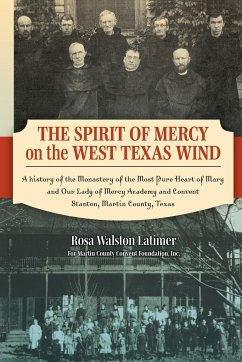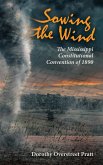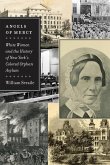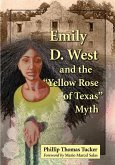In the late 19th century, Carmelite priests and nuns came to a largely uncivilized, remote area of West Texas to establish a religious, educational, and agricultural center among the mesquite and scrub oak. Their vision and dedication evolved into a monastery, convent and boarding school complex that survived over 40 years. The most consequential, far-reaching impact of the Monastery of the Most Pure Heart of Mary and Our Lady of Mercy Academy and Convent is the humanity and altruism shown by those who served there. During the years since the closing of the Academy in 1938, the building has been mostly deserted, and much has been written about the tumbleweeds stacked against the gate, the boards covering the windows, and the thick dust and cobwebs inside. Some recounted tales of ghosts haunting the second floor. During those desolate years, it may have been difficult to recall the strength of mind and spirit that once filled this religious center. And, it was just as challenging to imagine the many children, laughing and learning within those thick adobe walls. Children who later took the precepts of the academy into the world. Preservation of the surviving adobe monastery building that served as the heart of the convent compound is significant. The structure provides a lasting, tangible repository for the memories of those who worked, learned, and worshipped there. This remains holy ground and recalls for us the dignity and determination that created a lasting foundation of values that continues to influence life in Martin County today.








